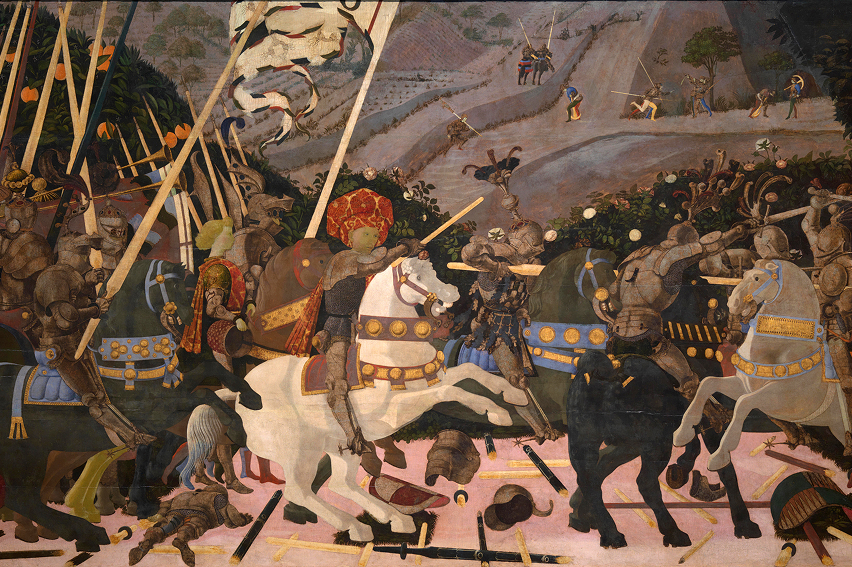Why AI’s deepest impact is in reconfiguring roles, decision-making and coordination, well before it replaces jobs.
Why AI’s deepest impact is in reconfiguring roles, decision-making and coordination, well before it replaces jobs.
December 8, 2025
•
Read time

The integration of AI into business operations is advancing faster than many organizations can adapt. While public debate often centers on job displacement, the deeper transformation is in how AI is reshaping the architecture of work itself. This change unfolds gradually, through shifts in workflows, decision rights, and coordination mechanisms. To navigate it well, business leaders need to move past narrow automation narratives and focus on the underlying structural shifts.
The conversation around AI and employment often stops at substitution effects: how many jobs might disappear. This overlooks a more immediate reality. AI alters how work is organized long before it determines whether the work remains. The first impact is in the way coordination happens, not in mass job cuts.
Take knowledge work as an example. When AI produces an initial draft of a document, the bottleneck moves from creation to validation. The human role shifts toward curation, demanding sharper judgment and different skills. In customer service, AI chatbots can handle most routine inquiries, but that raises new questions around exception handling, escalation, and quality control.
In many cases, these ripple effects matter more than the direct automation gains. The companies making AI work for them understand that its real advantage is in enabling people to take on work that is different in kind, not just in scale.
For decades, labor costs sat at the center of efficiency calculations. As AI drives down the marginal cost of executing tasks, coordination costs take their place. These include the cognitive load of handoffs, decision-making delays, and the friction of aligning distributed teams.
In software development, an AI assistant can produce functional code in minutes instead of hours. But the downstream work (architectural oversight, code review, and integration) still demands human attention. Managers find their role evolving toward maintaining coherence across the system rather than tracking individual output.
The parallel with the Industrial Revolution is clear. Mechanization didn’t simply remove manual labor; it demanded new structures to manage specialized work. AI is forcing a similar rethink today, with coordination efficiency becoming the main design challenge.
Companies that are further along in their AI journey show a few recurring patterns.
One is role decomposition, where once-unified responsibilities split into specialized functions. In finance, analysts may now focus exclusively on data interpretation or model validation, mirroring the specialization once seen in manufacturing.
Another is the redistribution of decision rights. AI takes on routine operational calls, leaving humans to handle strategic choices. In supply chains, for instance, algorithms adjust inventory levels in real time while people plan for risk and long-term scenarios.
A third is the rise of hybrid roles that connect human and machine work. AI trainers refine models with operational feedback, while workflow integrators design systems that keep both sides working together efficiently.
A persistent misconception is that AI’s main advantage is in cutting costs. In practice, its most powerful use is in expanding what organizations can do at all.
In legal services, AI-supported contract review can turn into continuous compliance monitoring. In healthcare, diagnostic support can make population-scale screening possible. These changes open new markets and alter competitive positioning.
The shift to AI-augmented work calls for deliberate changes in how organizations are built.
Structures need to be more networked. Rigid hierarchies and siloed functions add friction that slows human-AI collaboration. Flexible teams that can reconfigure quickly tend to perform better.
Decision rights need to be redefined. As AI takes over more operational calls, people must focus on oversight, exceptions, and direction-setting. Clear rules are needed for when humans step in.
Performance metrics must change. Output per individual means less when work is distributed across human-machine teams. Measures that capture interaction quality and coordination effectiveness will be more relevant.
Learning must be embedded in daily work. AI capabilities evolve too quickly for skill updates to happen only in formal training. Continuous knowledge sharing and adaptation are essential.
The organizations benefiting most from AI are not waiting to react to its disruptions. They are actively rethinking their processes from the ground up. The right question is not “How can AI automate what we already do?” but “What entirely new ways of working does AI make possible?”.
At Syntaxia, we guide organizations through this shift with a disciplined, context-specific approach. By combining deep technical expertise with strategic insight, we help turn AI’s potential into measurable advantage. The future will favor those who treat AI as a catalyst for reimagining work itself.

The core ideas that keep data, models, and pipelines from drifting.

A practical guide to understanding flow, dependencies, and where things break.

Simple patterns that keep teams moving without friction.